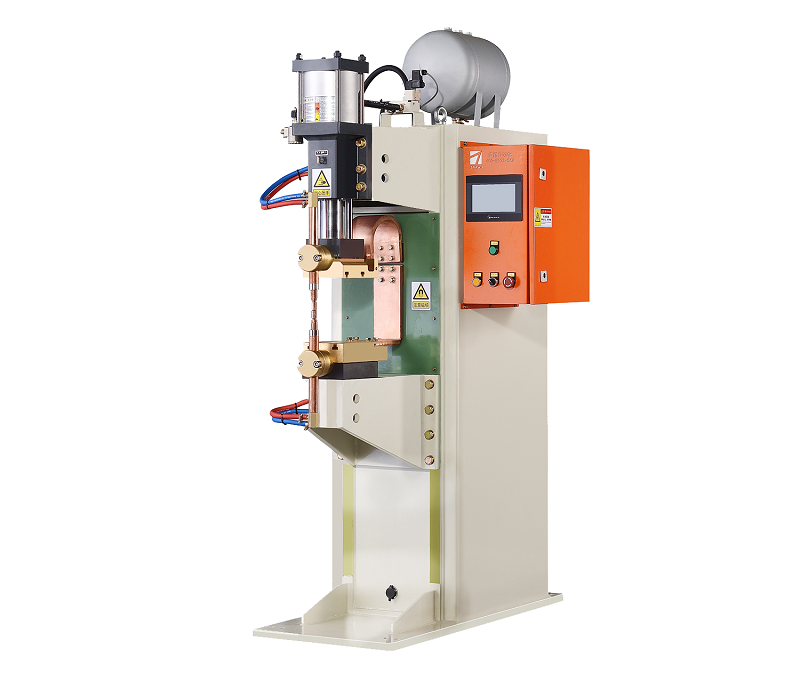What Should Be Noticed When Operating a Medium Frequency Spot Welding Machine?
Medium frequency spot welding is a widely used technique in various industries for joining metal components. This process involves creating localized heat through the resistance generated between the workpieces, which are then fused together. However, proper operation of a medium frequency spot welding machine is crucial to ensure safety, efficiency, and the quality of the welded joints. In this article, we will delve into the key aspects that operators should pay attention to when working with such machines.

- Safety Precautions: Safety should always be the top priority. Operators must wear appropriate personal protective equipment (PPE) including gloves, safety goggles, and flame-resistant clothing. Ensure that the welding area is clear of flammable materials and that the machine is properly grounded to prevent electrical hazards.
- Machine Familiarization: Before operating the machine, it’s essential to thoroughly read the manufacturer’s operating manual. Familiarize yourself with the machine’s components, controls, and indicators. Different machines might have varying settings and functionalities, so understanding these aspects is vital.
- Electrode Selection: Proper electrode selection is critical for achieving optimal welding results. The choice of electrodes depends on factors such as the material being welded, the thickness of the materials, and the desired welding current. Using the wrong electrodes can lead to weak welds and decreased efficiency.
- Workpiece Preparation: The surfaces of the workpieces to be welded must be clean and free from contaminants such as rust, oil, and paint. Proper preparation ensures good electrical contact and effective heat generation during the welding process.
- Clamping and Alignment: Precise alignment and clamping of the workpieces are essential for consistent and strong welds. Misalignment can result in uneven heat distribution and weak welds. Use appropriate fixtures and clamps to hold the workpieces in place securely.
- Welding Parameters: Medium frequency spot welding machines offer adjustable welding parameters such as welding current, welding time, and electrode pressure. These parameters vary based on the materials being welded and the joint requirements. Experimentation and testing might be necessary to determine the optimal settings.
- Cooling Time: After each welding cycle, allow sufficient cooling time for the welded area. This prevents overheating and ensures the quality of subsequent welds. Cooling also prevents warping of the materials due to excessive heat.
- Monitoring and Inspection: Continuously monitor the welding process to ensure consistency. Inspect the welded joints for defects such as cracks, porosity, or insufficient fusion. If any issues are identified, adjustments should be made to the welding parameters or the setup.
- Maintenance: Regular maintenance of the welding machine is essential to keep it in optimal working condition. Keep the machine clean, inspect cables and connections for wear, and address any malfunctions promptly to prevent downtime.
In conclusion, operating a medium frequency spot welding machine demands careful attention to safety, machine operation, material preparation, and welding parameters. By following these guidelines, operators can ensure the production of high-quality welds that meet industry standards. Remember, a well-maintained and properly operated machine not only guarantees efficient production but also contributes to the safety of the work environment.